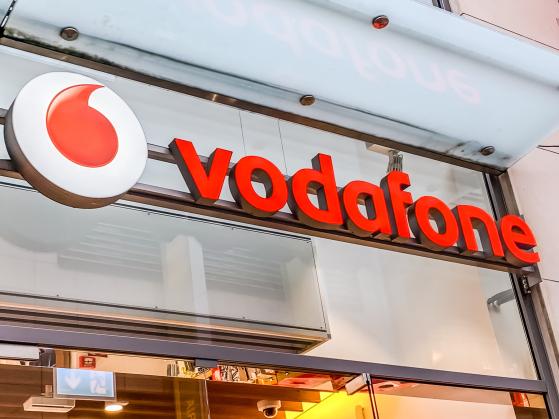Gold prices set for weekly gains on dovish Fed outlook; silver near record high
Vodafone (LON:VOD) share price suffered a harsh reversal on Thursday as the recent bull run faded. It crashed by over 5%, making it the worst-performing company in the FTSE 100 index. It reached a low of 72.28p, its lowest swing since May 14th of this year.
Vodafone’s management has working to turn around the highly-indebted company. It has done that by exiting some markets and consolidating its business in some key markets. Earlier this year, the company sold its Italian business to Swisscom in a 8 billion euro deal.
Before that, the company sold its Vantage Towers business to a group led by KKR and Global Infrastructure Partners. It also sold Vodafone Spain to Zegona in a $5.3 billion deal.
The remaining company is a relatively smaller one than what it used to before, which is a good thing. At the same time, it is working to consolidate its British business by merging with Three, a deal that will help it compete well with BT (LON:BT) Group’s EE.
Vodafone published mixed financial results last month. Its revenue came in at €36.7 billion in the last financial year, down from €37.6 billion and €37.0 billion in the previous years. Its profit crashed to €1.57 billion from the previous year’s €12.25 billion.
The other challenge that Vodafone faced was that its total debt is still high. It ended the year with over €33.4 billion in debt, slightly down from the previous year’s €33.5 billion. This debt load could affect how it funds its growth and potential acquisitions.
The high debt load and slow revenue growth has left a company that is relatively undervalued. It has a forward PE ratio of 12.8, which is lower than the FTSE 100 index’s average of 14.
On the positive side, the results showed that its German business was starting to grow again, which is a notable thing because it is its biggest market. Also, the company has a dividend yield of about 10%, which is higher than most British companies.
Vodafone share price forecast
VOD chart by TradingView
The weekly chart shows that the VOD stock price made a strong bullish breakout recently. This breakout happened after the company formed an inverse head and shoulders pattern, which is a popular continuation signs.
The stock soared from 62.82p in February to over 77.50p in May. Recently, however, the stock has formed a double-top pattern at 77.50p and whose neckline was at 72.50. In most cases, a double-top is one of the most bearish signs. It has now retested the neckline of the inverse H&S pattern.
Therefore, the Vodafone share price will likely continue falling in the near term as sellers target the key support at 70p. More upside will only be confirmed if it moves above the double-top level of 77.5p.
